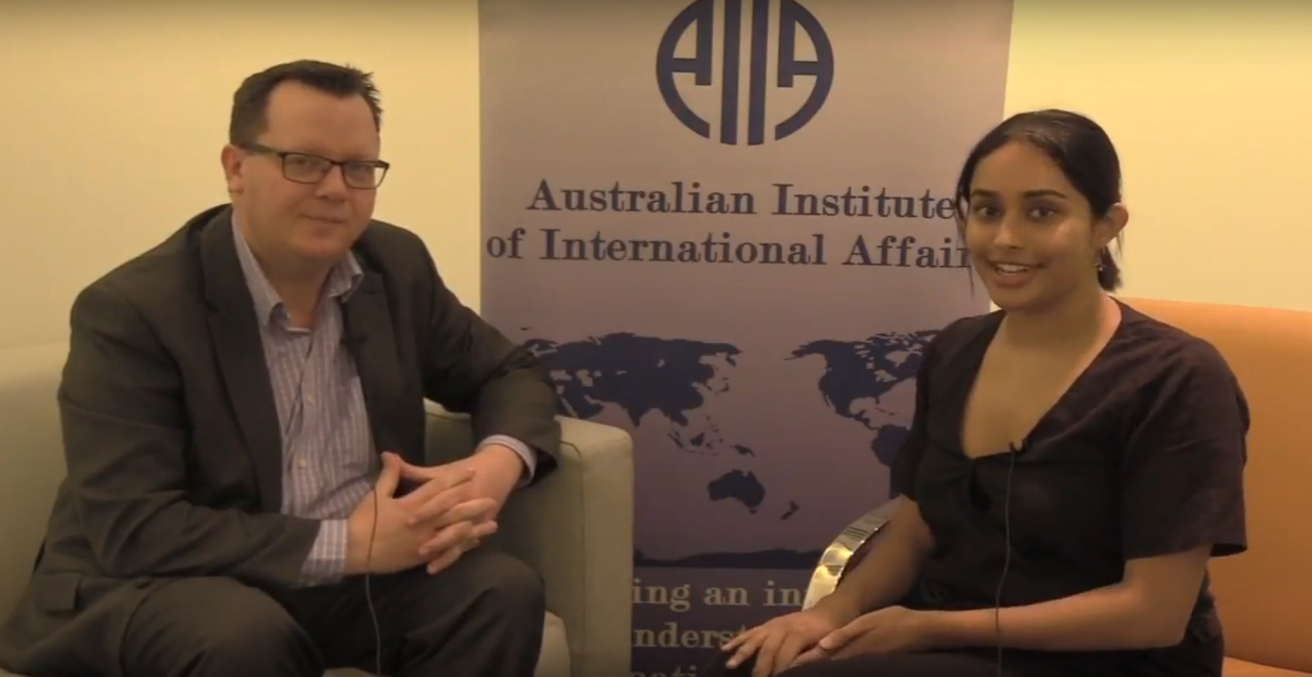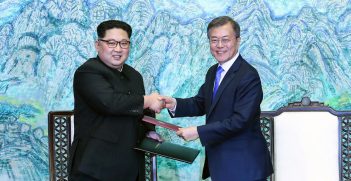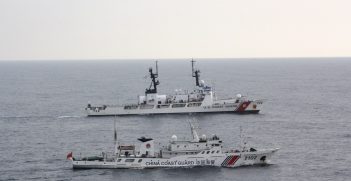How Asia Goes to War

There is a much higher chance of a major power war in Asia than most people presume. Asia is in the throes of a crisis slide: a period where there is potential for strategic crisis.
Four flashpoints can be identified: the Korean Peninsula, the South China Sea, the East China Sea and Taiwan. These flashpoints have historical connections that accumulate conditions conducive to a ‘crisis slide’. In Australia, there has been a real sense of complacency due to its geographic insulation from major wars that have broken out in places like Europe. Luck and serendipity have also played a big part as to why the regional flashpoints have not escalated. As major regional powers begin to compete in close proximity, the stability of this part of the world is under challenge.
Apoorva Kolluru, book review editor of the Australian Journal of International Affairs, spoke with Associate Professor Brendan Taylor at the IPSA World Congress 2018 in Brisbane. They discussed his new book ‘The Four Flashpoints: How Asia Goes to War‘ which was launched on 9 August
Brendan Taylor is Associate Professor of Strategic Studies at the Strategic and Defence Studies Centre, Australian National University. He was the recent recipient of a DFAT Australia-Korea Foundation grant to support a project entitled ‘Korean Peninsula in crisis: building awareness, avoiding conflict’, with Professor Andrew O’Neil of Griffith University and Professor William Tow of ANU (both former editors of the Australian Journal of International Affairs).
Interview by Apoorva Kolluru.
Video and editing by Jasmine Gan and Tommy Chai.





